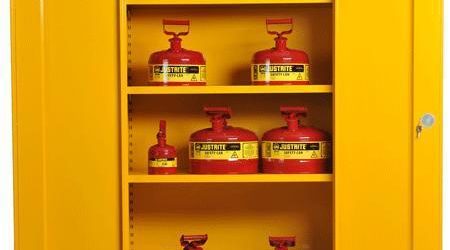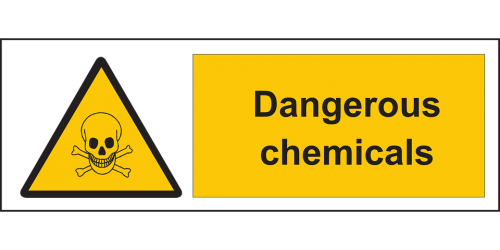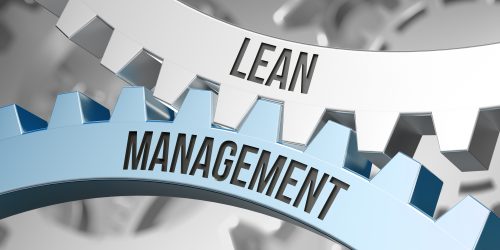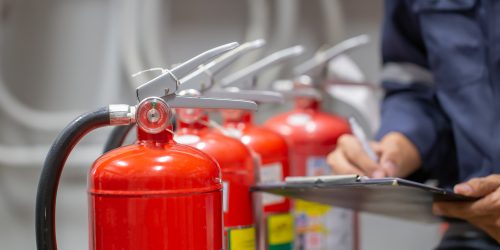Purchasing guide: Choosing the right disability equipment
To become a more inclusive company, eliminating discrimination in hiring and giving everyone a chance is already a first step. But it is also crucial to allow access without assistance for people with reduced mobility or disabilities. Learn how to choose the right disability equipment for your business in this purchasing guide. From safety products to toilet grab bars, shower accessories and floor marking, you’ll find everything you need to guarantee everyone access to your premises.
What is the PRM standard?
Before entering into the details of the equipment, you first need to fully understand what the abbreviation PRM covers.
Definition
The abbreviation PRM means “person with reduced mobility”. It refers to all individuals who have difficulty walking, whether permanently or temporarily. It therefore applies to persons with motor disabilities, blindness, deafness, but also concerns cases of injury, pregnancy or transporting children in pushchairs. This term is therefore not synonymous with a person with a disability.
The PRM standard refers to the set of layout obligations that allow everyone unaided access to a place. It must therefore have several dedicated products, in particular:
- Materialised access paths for the visually impaired;
- Announcements adapted to the hearing impaired;
- Infrastructure allowing wheelchair access.
European directives on inclusion
A European directive that came into force in 2000 sets the context for equal treatment and the same working conditions for all, without discrimination on grounds of religion, belief, disability or age.
Since then, the European Union has defined guidelines at the start of each decade to take a further step towards the inclusion of all. For example, the Strategy for the Rights of Persons with Disabilities 2021-2030 commits Member States to equal treatment, including in political life, education, health services and employment.
Manutan’s commitment to accessibility
Enabling all businesses to offer more inclusive amenities is one of the many challenges that Manutan has set itself. As well as offering a catalogue of over 2,000 products dedicated to PRM and disabled accessibility, we support stakeholders in acquiring equipment for people with reduced mobility. Purchasing an item that meets the standard is not enough – it must also be installed correctly to comply with the legislation. This is particularly true for grab bars, which are subject to highly regulated fixing conditions.
That’s why we have developed this purchasing guide along with the widest possible range of products, in different price ranges and with the option of delivery.
PRM-friendly bathrooms
Bathrooms are among the most problematic places for people with reduced mobility. Often undersized and situated in corners to save space, toilets and showers can quickly become inaccessible, especially to wheelchair users.
What area is required for a disabled toilet?
One of the conditions for a toilet to be suitable for PRMs is that a wheelchair can manoeuvre there. To do this, a circle 4.9 ft in diameter must be left free in the cubicle or outside, in front of the door.
A space 4.2 ft by 2.6 ft must also be provided in front of each piece of equipment in the bathrooms to allow a wheelchair to be positioned in front.
In addition, the height of the toilet seat must be between 17.7 and 19.6 inches. It is also possible to adapt existing toilets with a raised seat for a more affordable price and without requiring any work. Another essential element that must be installed is a grab bar fixed securely at a height between 27.5 and 31.5 inches. It must be between 15.7 and 17.7 inches from the bowl.
What fixing is required for a PRM sink?
To comply with the PRM standard, a washbasin or washbowl must be placed at a floor height of between 27.5 inches for the lower part and 33.4 inches for the upper part. Its depth and size are to be suitable for use by people in wheelchairs.
Anyone must be able to operate the valve in the seated position and without rotating their wrist. It is therefore necessary to have a suitable basin mixer.
Finally, other equipment such as soap dispensers or hand dryers should be placed at a maximum height of 4.2 ft.
What are the accessibility standards for showers?
If you need to install a shower in your business premises, certain obligations apply. To be suitable for people with reduced mobility, it must be equipped with a seating device, such as a shower seat, slightly inclined towards the rear with an armrest and backrest for protection. A “T” grab bar must also be provided, fixed 29.5 inches above the floor, as well as a shower tray with a raised edge no more than 0.8 inch high. Finally, don’t forget appropriate signage for your toilets and showers.
Discover all our other products dedicated to bathroom accessibility.
To maintain your toilet, shower and the rest of your premises, see our purchasing guide to choosing the right hygiene and cleaning products.
Disability equipment dedicated to accessibility and safety
The PRM standard also covers equipment designed to allow everyone simple and secure access to various premises.
Parking
To allow access to your workspaces for people with disabilities and reduced mobility, it is essential to provide parking spaces with appropriate signage and suitable dimensions. These must account for 2% of the total number of parking spaces and be located close to the building entrance or lift.
At least 10.8 ft wide and 16.4 ft long, these spaces need to be provided with appropriate ground markings and signs.
Building access
Everyone must be able to access a building safely and without assistance. To achieve this, an access ramp sometimes needs to be installed.
PRMs have a doorbell to inform the reception of their arrival. It is placed between 35.4 and 51.2 inches high, near the door. There must be no obstacles within 15.7 inches of the doorbell.
Stair access
A staircase must be adapted to enable everyone to locate it and estimate the effort required to climb it. To do this, there are several accessories such as tactile slabs or studs, installed 19.6 inches from the first step, or visible risers on the first and last steps. Non-slip stair nosing minimises the risk of falling. Finally, it is recommended to include a handrail with the following characteristics:
- Visible;
- Rigid;
- Easily grippable;
- Continuous;
- Between 31.5 inches and 3.2 ft high.
Accessories and furniture
Furniture is also to be redesigned within the framework of the PRM standard. The idea is to avoid obstacles and hazards while allowing everyone to get their bearings and use the equipment available to them.
Door handles must therefore be usable by people with disabilities. Only the weight of the hand should be needed to operate them. Lever and pull door handles are therefore to be preferred.
Counters, checkouts, vending machines or fitting rooms must also be suitable for use by people with wheelchairs, crutches or pushchairs. The conditions for providing compliant furniture are:
- Height between 35.4 inches and 4.2 ft;
- An empty space beneath the cabinet of between 27.5 inches and 31.5 inches.
Finally, to adapt to the hearing impaired, it is recommended to install accessories to amplify announcements, such as a magnetic induction loop.
Also, check out our purchasing guide to properly equip your workstation.
Orientation
For the visually impaired and blind, guide strips must be placed on the ground continuously and in the direction of travel to help people orient themselves. The orientation aids must be clearly visible and stop 3.2 ft from the door, on the handle side if the door is not automatic, otherwise in the middle.
Evacuation
To enable people with reduced mobility to evacuate safely, it is strongly advised for ERP to provide an evacuation chair, very useful when stairs are present.
You now have everything you need to choose the right disability equipment and arrange your premises to be accessible to everyone. Inclusion and accessibility are in fact among the pillars of CSR.






